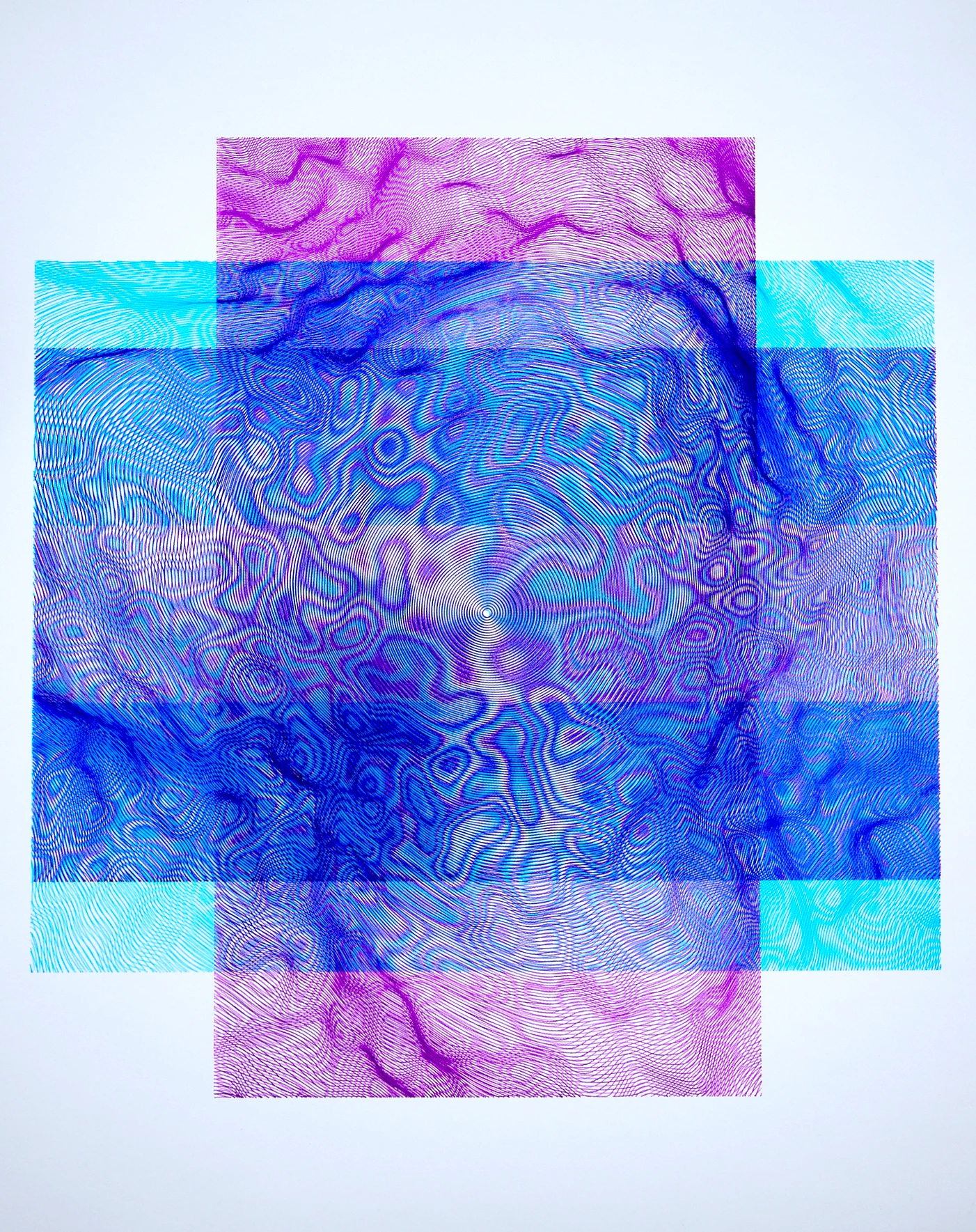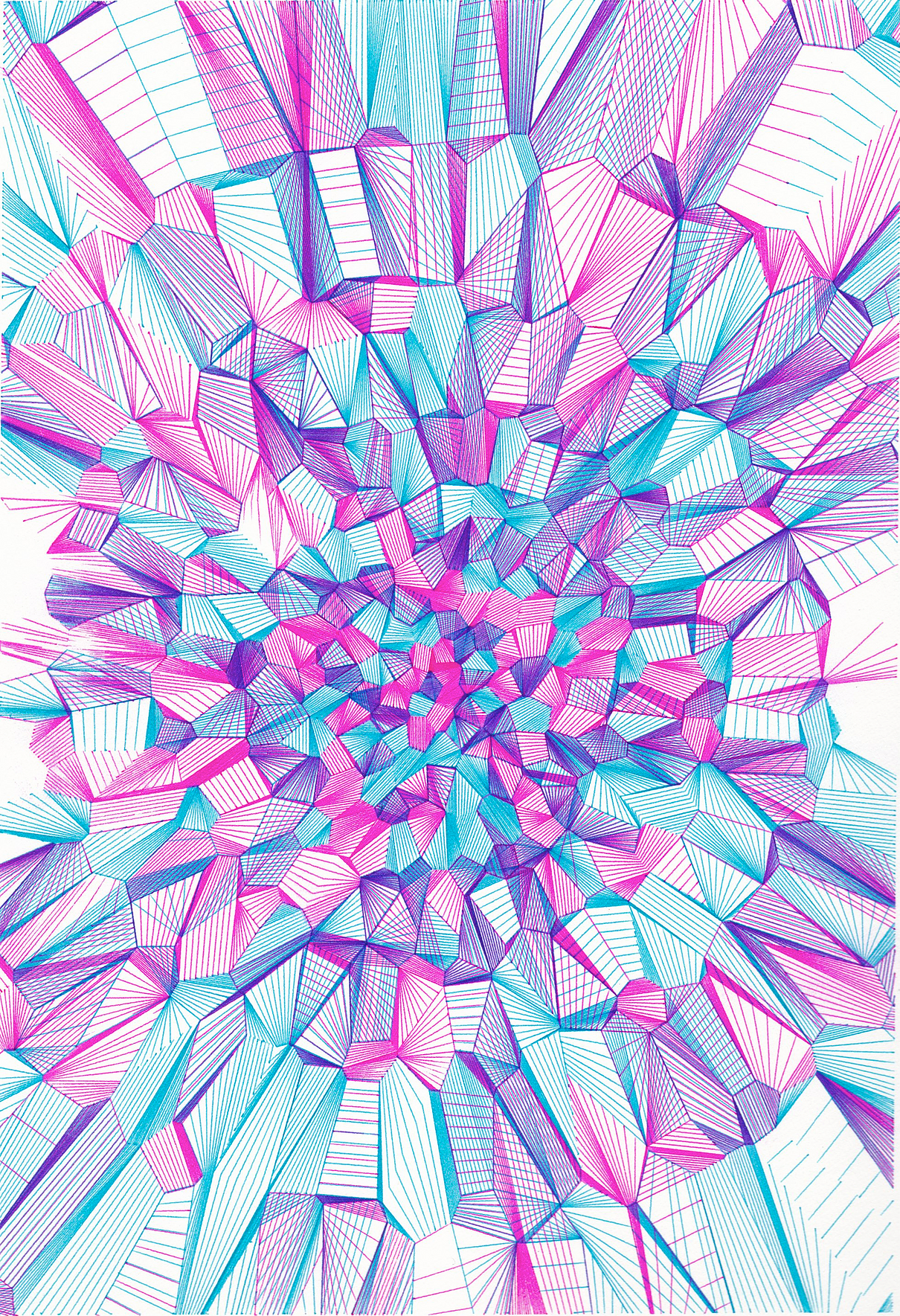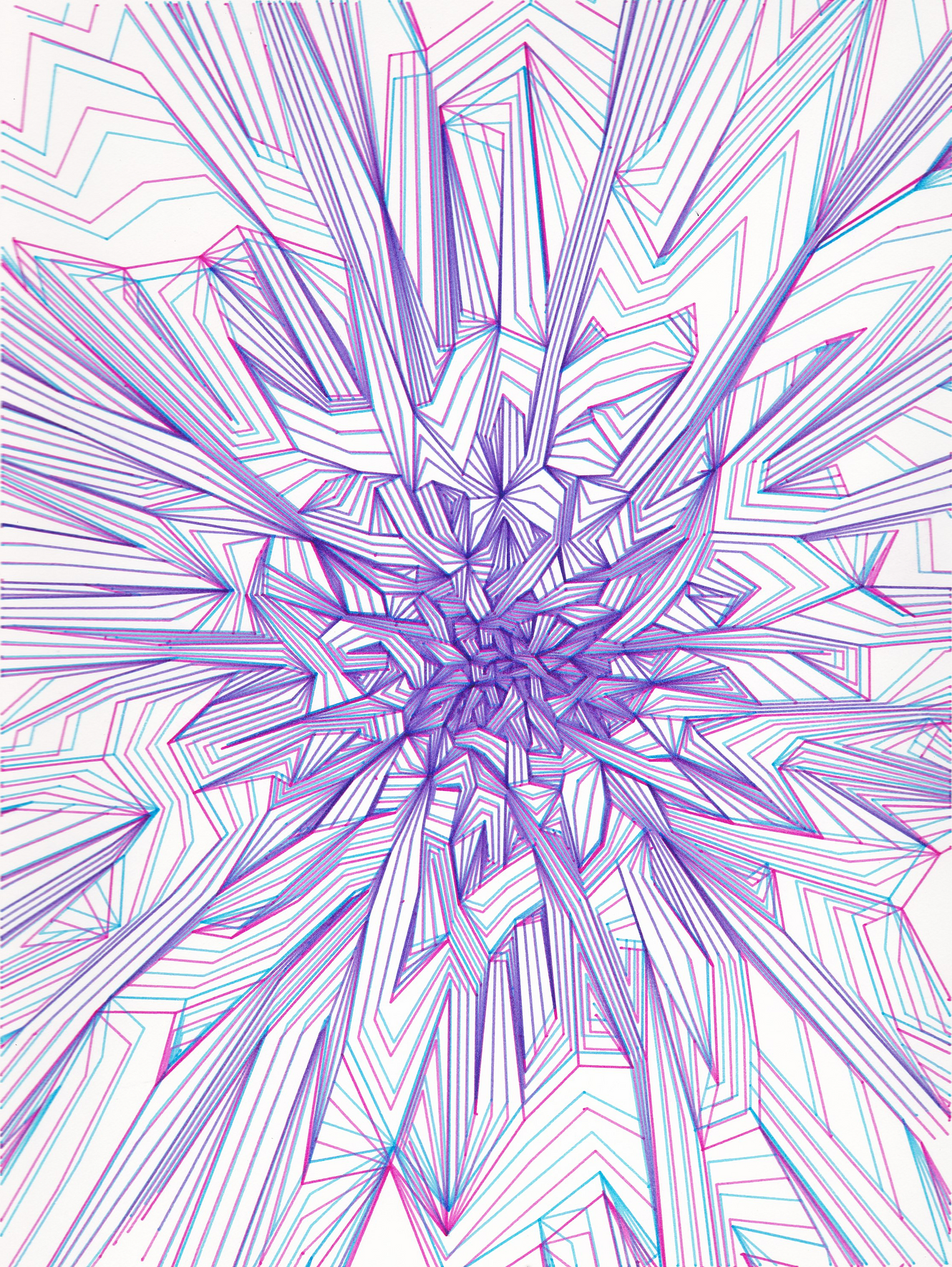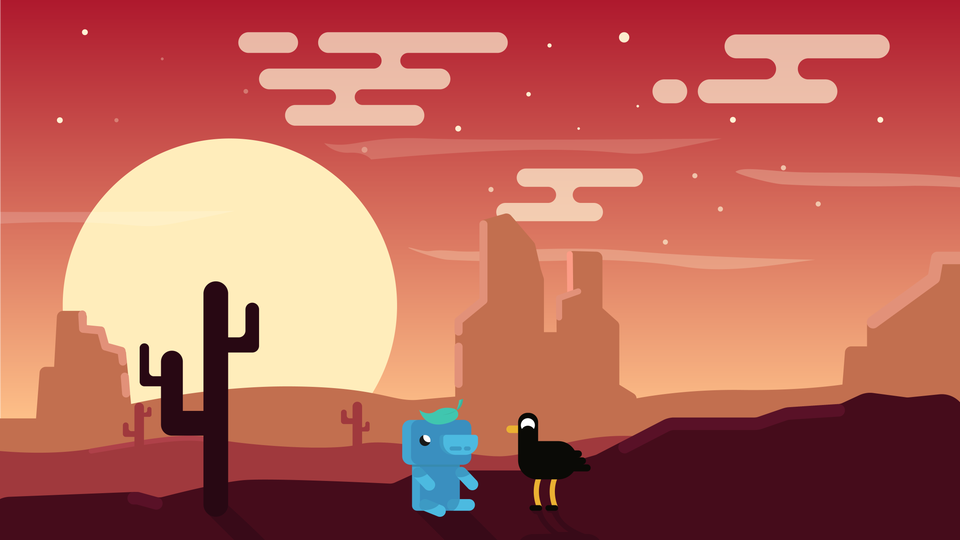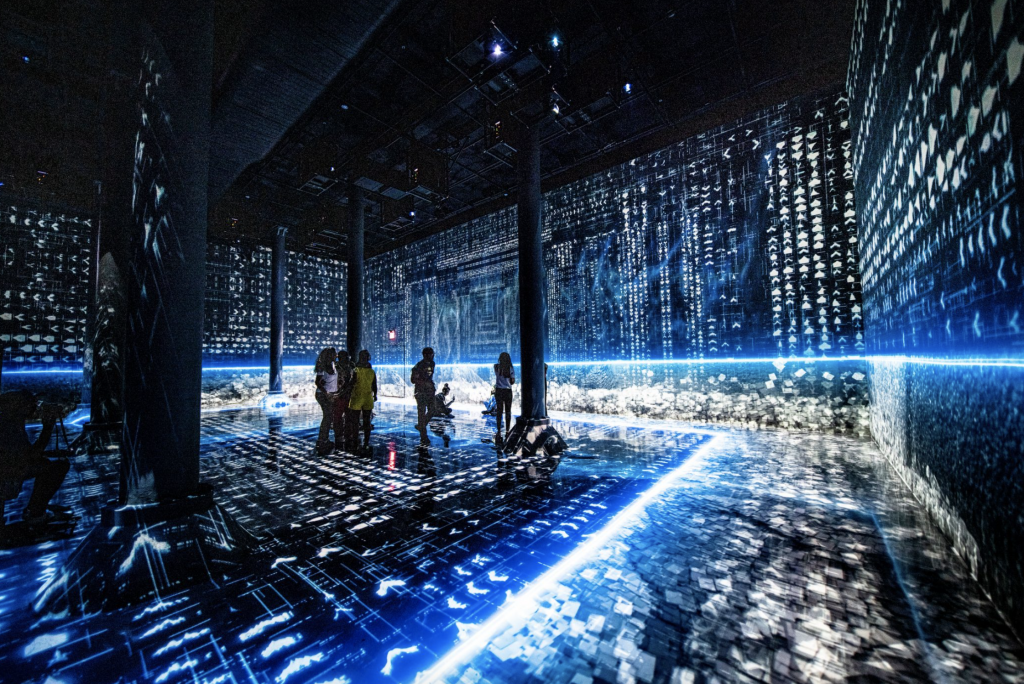sketch-beansDownload
var s = 100;
var starY = 0;
function setup() {
createCanvas(600, 450);
}
function draw() {
let s = map(mouseX, 0, width/2, 50, 100);
background(s, 100, 140);
fill(255, 250, 198);
ellipse(s, s, s);
s = 450 - mouseY; fill(255, 250, 198, 200);
circle(30, 30 + starY, 5);
circle(40, 200 + starY, 5);
circle(50, 100 + starY, 5);
circle(70, 50 + starY, 5);
circle(90, 100 + starY, 5);
circle(120, 130 + starY, 5);
circle(150, 200 + starY, 5);
circle(170, 40 + starY, 5);
circle(200, 150 + starY, 5);
circle(240, 100 + starY, 5);
circle(260, 240 + starY, 5);
circle(290, 150 + starY, 5);
circle(310, 40 + starY, 5);
circle(330, 150 + starY, 5);
circle(360, 30 + starY, 5);
circle(380, 200 + starY, 5);
circle(410, 50 + starY, 5);
circle(440, 100 + starY, 5);
circle(470, 260 + starY, 5);
circle(490, 150 + starY, 5);
circle(510, 40 + starY, 5);
circle(530, 150 + starY, 5);
circle(550, 100 + starY, 5);
circle(570, 200 + starY, 5);
circle(580, 150 + starY, 5);
circle(590, 40 + starY, 5);
starY = mouseY;
fill(255, 255, 255, 100);
rect(mouseX - 60, 30, 50, 25, 20); rect(mouseX, 30, 150, 25, 20);
rect(mouseX - 20, 65, 120, 25, 20);
rect(mouseX + 180, 130, 100, 25, 20);
rect(mouseX + 160, 150, 80, 25, 20);
rect(mouseX + 290, 55, 35, 25, 20);
rect(mouseX + 335, 55, 110, 25, 20);
rect(mouseX + 365, 35, 130, 25, 20);
noStroke();
fill(199, 141, 110); rect(0, 340, 600);
rect(-100, 310, 330, 300, 20);
rect(0, 300, 130, 300, 20);
ellipse(100, 345, 300, 50);
ellipse(400, 360, 450, 60);
rect(330, 320, 330, 400, 20);
rect(420, 300, 330, 400, 20);
rect(480, 290, 330, 400, 20);
rect(540, 260, 330, 400, 20);
fill(186, 85, 73); rect(0, 380, 600);
rect(-20, 340, 140, 60, 300);
rect(-50, 360, 260, 60, 300);
ellipse(200, 390, 200, 40);
ellipse(400, 380, 500, 60);
fill(92, 21, 13); rect(mouseX, 410, 600); ellipse(mouseX + 100, 410, 500, 20);
ellipse(mouseX + 250, 405, 500, 30);
rect(mouseX + 300, 360, 400, 300, 20);
rect(mouseX + 340, 320, 400, 300, 20);
rect(mouseX - 1000, 370, 500, 300, 20);
rect(mouseX - 900, 350, 300, 300, 20);
rect(mouseX - 2000, 400, 3000, 300);
fill(39, 7, 4);
rect(mouseX - 420, 250, 25, 170, 5);
ellipse(mouseX - 407.5, 251, 25, 28);
rect(mouseX - 460, 330, 60, 20, 10);
rect(mouseX - 460, 290, 20, 60, 20);
rect(mouseX + 130, 250, 25, 170, 5);
ellipse(mouseX + 142.5, 251, 25, 28);
rect(mouseX + 130, 280, 60, 15, 10);
rect(mouseX + 175, 250, 15, 40, 10);
rect(mouseX + 90, 330, 60, 20, 10);
rect(mouseX + 90, 290, 20, 60, 20);
}
I was inspired by an artwork I found online and decided I would love to animate this illustration. I changed the background color from blue (representing night) to pink (representing sunrise). As user moves from left to right, the moon expands in size, depicting like a sun, and the cloud moves accordingly as well. Simultaneously, as user moves up and down, the stars shine at night. This project was really fun to play with mouseX and mouseY motions as well as use dynamic shapes to create a beautiful scenery.
![[OLD SEMESTER] 15-104 • Introduction to Computing for Creative Practice](../../../../wp-content/uploads/2023/09/stop-banner.png)
